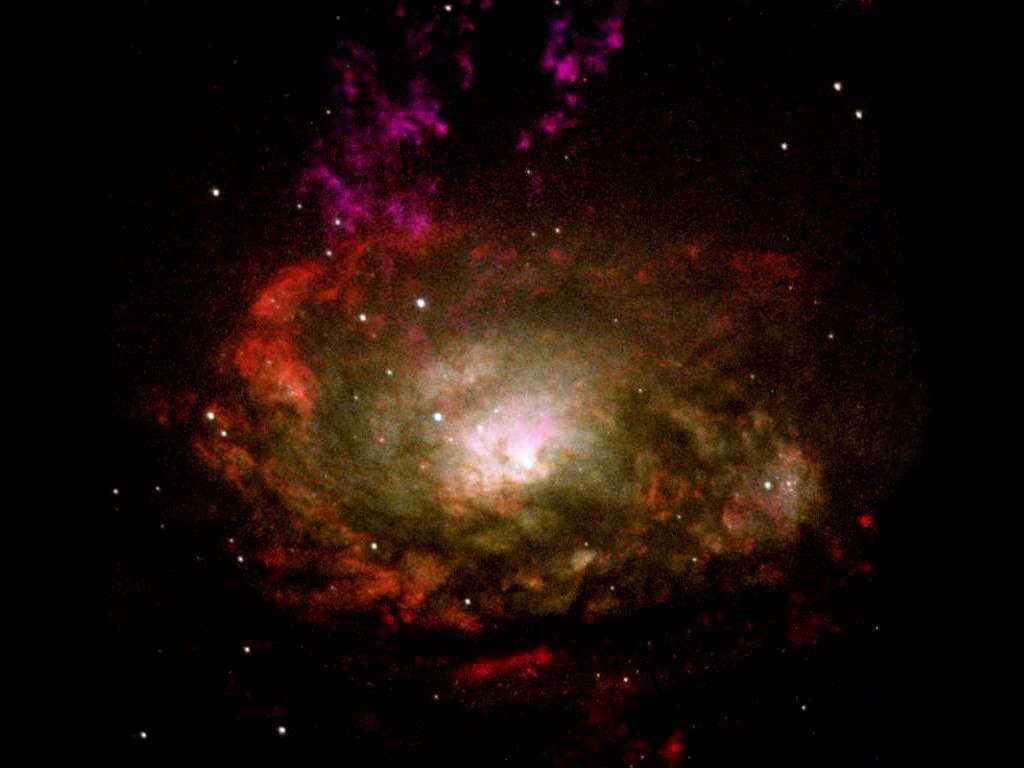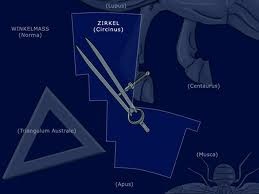
The original French title of the constellation Circinus was Le Compus as it was created by the French astronomer Nicolas–Louis de La Caille in the 18th century. He identified this constellation while mapping the stars of the southern hemisphere from Cape Town, South Africa. In Latin, Circinus means ‘the compass’, a tool for drawing circles. It is represented so as an instrument used by navigators to measure distances. However, the constellation officially got its title as Circinus when La Caille Latinized its name on his 1763 planishere. It belongs to the Lacaille family of constellations and is visible in the month of June at 9 pm.
Some notable stars in this constellation are:
- α Circini or Alpha Circini: It is a is a binary star with a faint companion and is the brightest star of this constellation.
- β Circini ro Beta Circini: It is the second brightest star of this constellation. With an apparent magnitude of about 4.097, it is about 97 light years away from the earth.
- γ Circini or Gamma Circini: It is a binary star comprising of a pair of blue and yellow stars.
- HD 129445: It is noteworthy as it has a planet in its orbit. It has an magnitude of 8.8 and is 220 light years distant
Circinus has two notable deep sky objects and a nebula, they include:
- Circinus Galaxy: It is a spiral galaxy noted for the motions of gas that forms two rings inside it. A massive star forming activity is seen in one of the rings. It is also a galaxy with a black hole–powered core.
- Circinus X–1: It is an X–ray double star and contains a neutron star orbiting the other star which is a main sequence star.
- NGC 5315: It is a bright planetary nebula. Like many other nebulae, it was created as a result of a star in its final stages sheds its outer layers, casting them off into space.

Seen at latitudes between +30 and -90, it lies in the third quadrant of the south hemisphere. This constellation is nearly 15 million light years distant from the earth.

This constellation is one of the smallest constellations of all the 88 constellations. It occupies only 93 square degrees of space, making it the 85th constellation.
It does not have any mythological significance as it was created in a process to fill up the void between Centaurus forefeet and Triangulum Australe constellation.
Circinus is surrounded by constellations such as Apus, Centaurus, Lupus, Musca, Norma and Triangulum Australe.
G Kowledge of | 0 Comments >>
0 Comments
Leave Comment
Your email address will not be published. Required fields are marked.